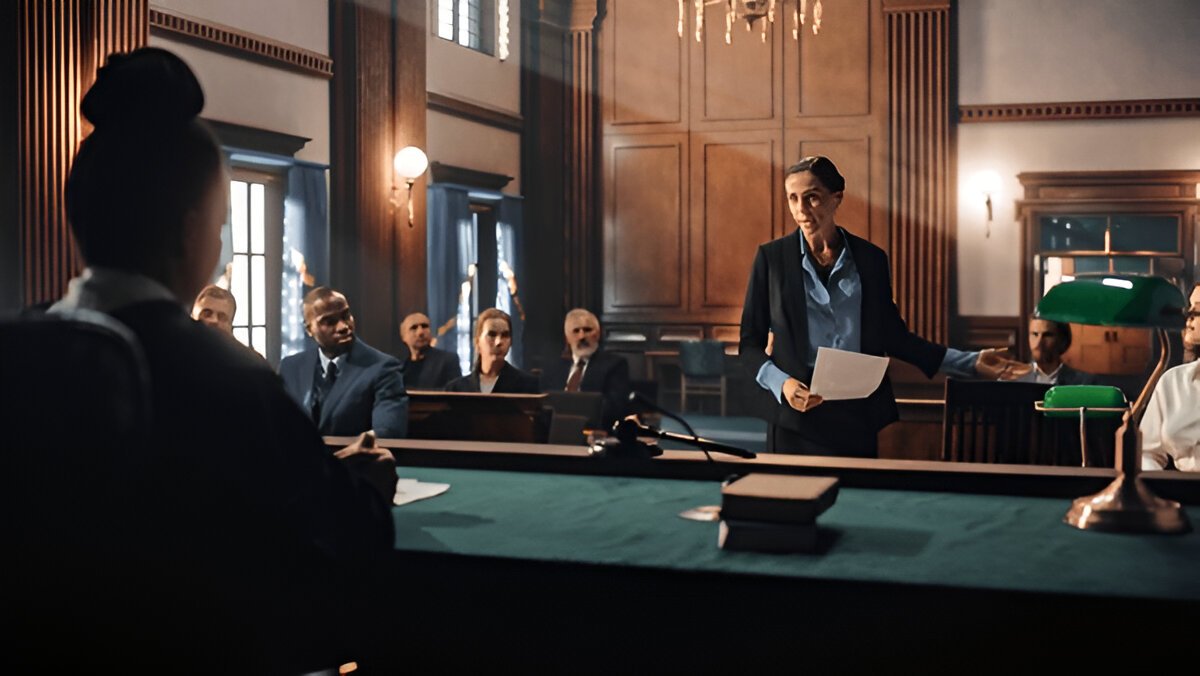In this case, the People’s Union for Civil Liberties (PUCL) filed a writ petition under Article 32 of the Indian Constitution, challenging the constitutional validity of Rules 41(2), 41(3), and 49-O of the Conduct of Election Rules, 1961. PUCL argued that these rules violate the principle of free and fair elections because they don’t protect the secrecy of a voter’s decision, especially when a person chooses not to vote. They claimed this right is part of a voter’s freedom of speech and expression under Article 19(1)(a) and that this secrecy should be maintained according to Section 128 of the Representation of the People Act, 1951 and Rule 49-M. PUCL requested the court to direct the Election Commission to provide an option in electronic voting machines that allows voters to not vote, while still keeping their choice secret. The government, on the other hand, argued that voting is not a fundamental or constitutional right but a statutory one, and therefore a writ under Article 32 is not valid in this matter.
Issues before the Court
- Whether a writ can be issued in a case involving a statutory right to vote?
- Whether the decision in Kuldip Nayar regarding a voter’s rights needs reconsideration, and whether Association for Democratic Reforms and PUCL judgments stand overruled?
- Whether Rules 41(2), 41(3), and 49-O of the Conduct of Election Rules, 1961, violate a voter’s fundamental rights?
Arguments in the Case
Petitioner’s Argument: The voter’s right to not vote is part of their freedom of expression under Article 19(1)(a) of the Constitution. This right is acknowledged in the relevant election rules too. However, the problem is that the rules specifically Rules 41(2), 41(3), and 49-O don’t protect the secrecy of this choice. When someone decides not to vote, the Presiding Officer has to write a remark in Form 17-A and get the voter's thumb impression or signature. This makes it obvious that the person chose not to vote, which defeats the purpose of secrecy in voting.
Respondent’s Argument: The right to vote is not a fundamental, constitutional, or even a common law right. It is only a legal right given by statute. Because of that, it's not something you can challenge using a writ petition under Article 32 of the Constitution. Also, the decision in the Kuldip Nayar case by the Supreme Court overruled earlier rulings like Association for Democratic Reforms and People’s Union for Civil Liberties. So, there’s no need to send this issue to a larger bench.
Analysis of the Court
In this case, the Court emphasized the importance of free and fair elections as a core part of democracy. It said that voters should have the option to reject all candidates through the "NOTA" (None of the Above) button on electronic voting machines. This would pressure political parties to nominate better and more deserving candidates. The Court clarified that while the right to vote is a legal (statutory) right, the decision to vote or not and even to reject all candidates is part of a citizen’s freedom of expression under Article 19(1)(a) of the Constitution. Treating voters who choose NOTA differently from those who vote for a candidate would violate the right to equality under Article 14. The Court also upheld the constitutional validity of election rules that allow for a negative vote and directed the Election Commission to include the NOTA option in voting machines. Essentially, the Court saw NOTA as a tool that strengthens democracy by encouraging transparency, accountability, and better choices for the public.

